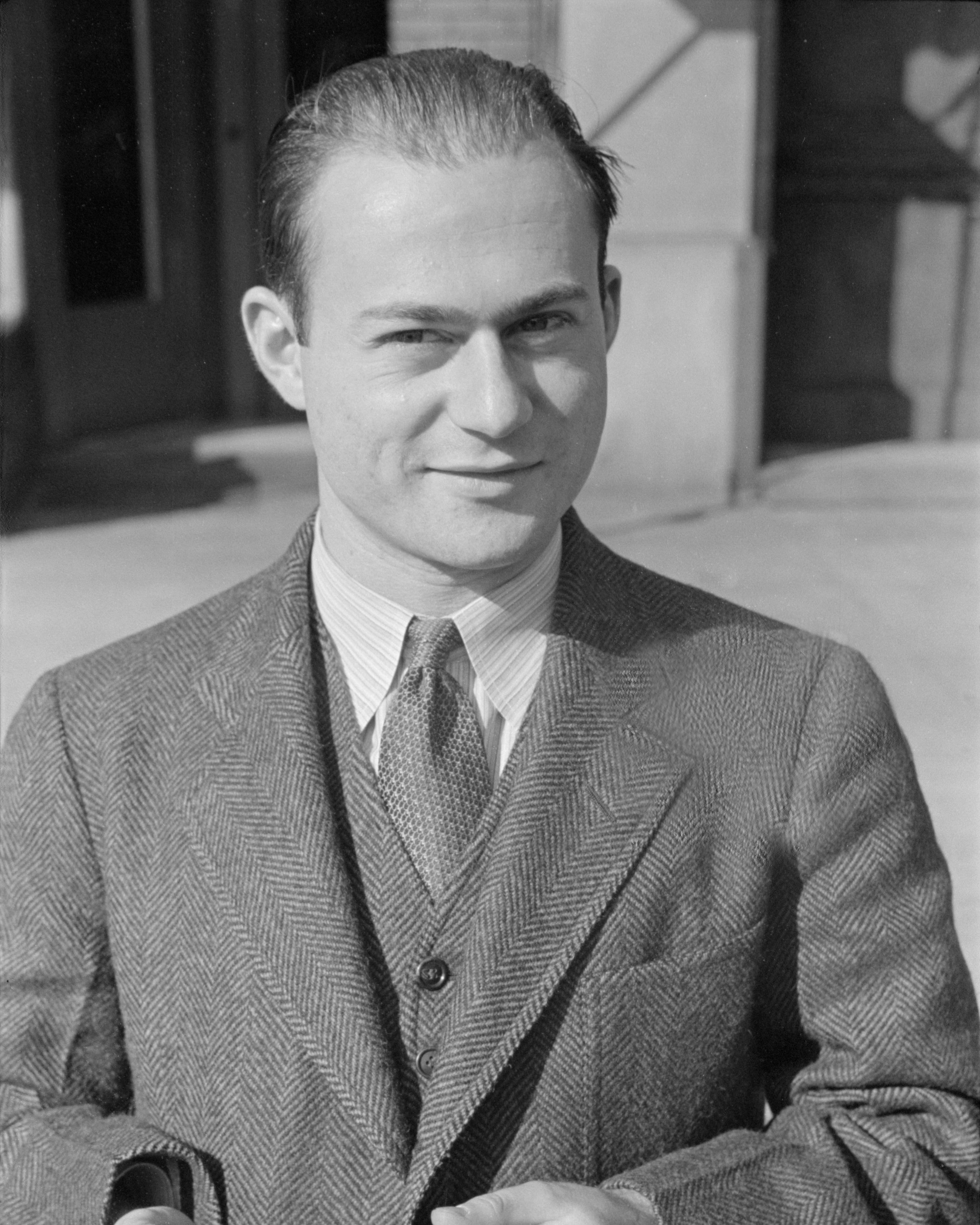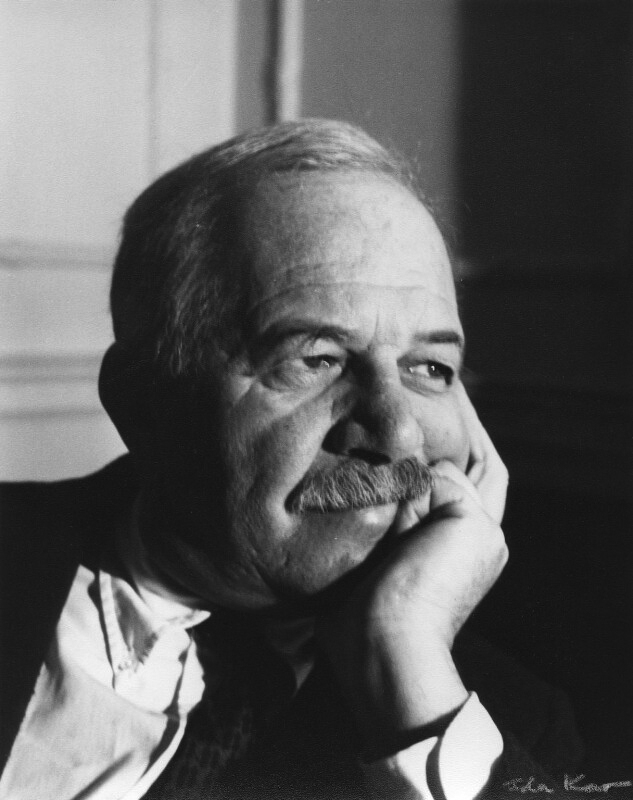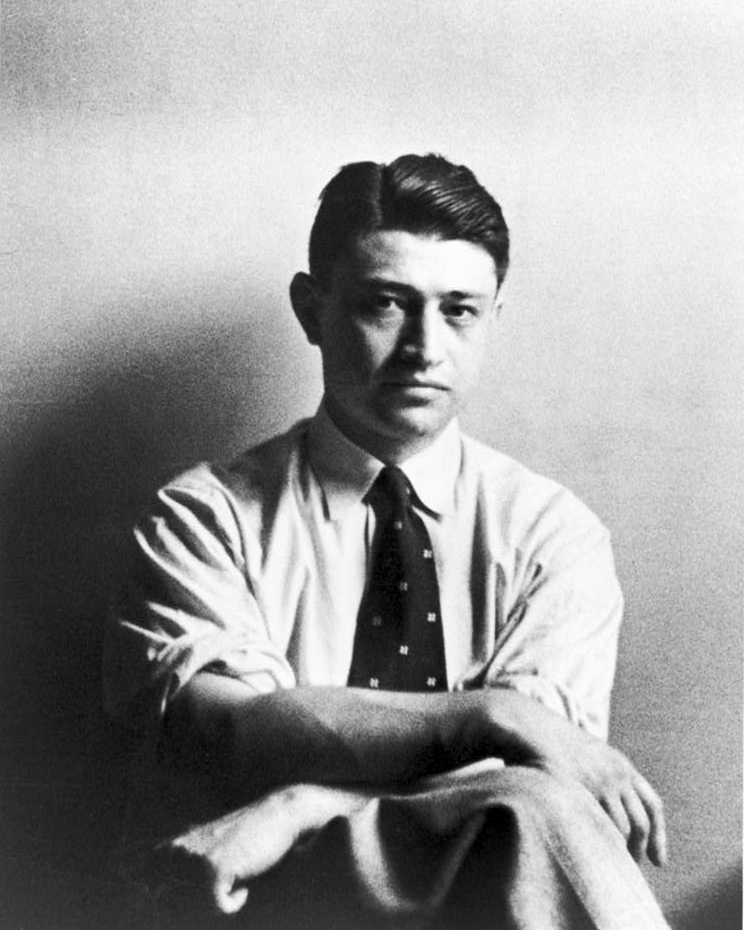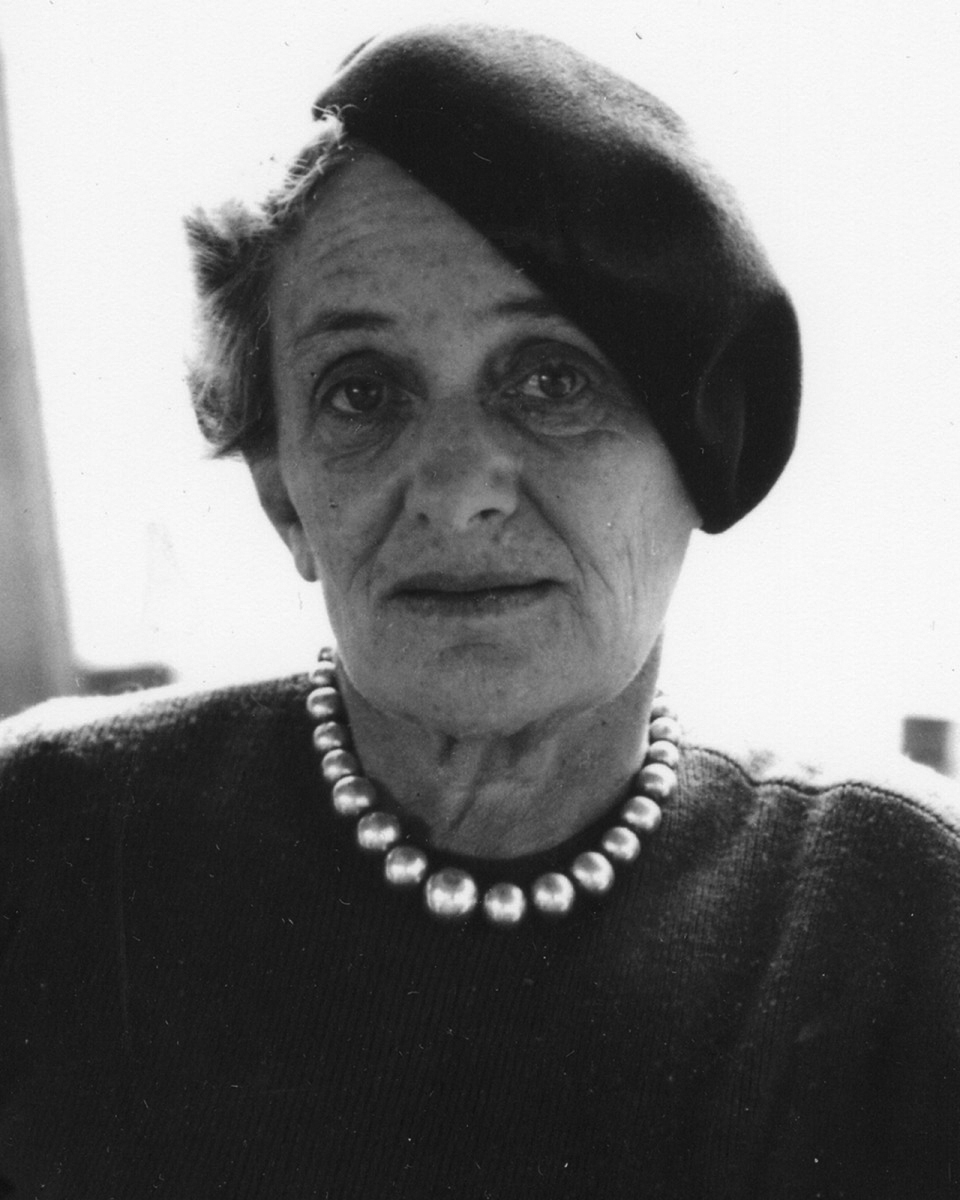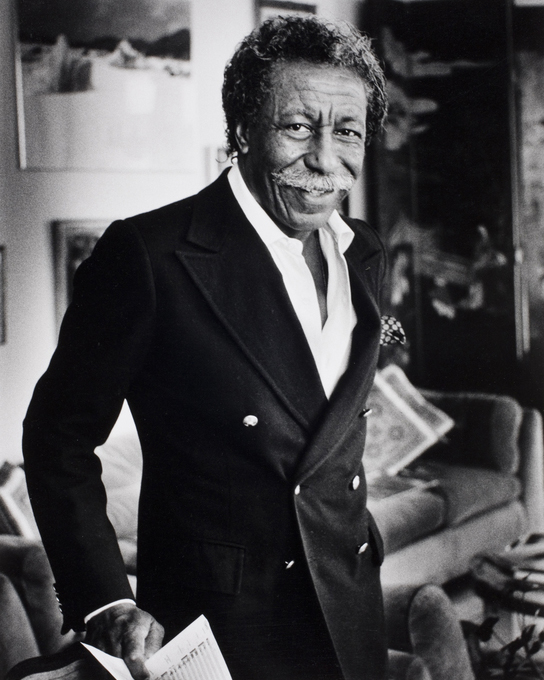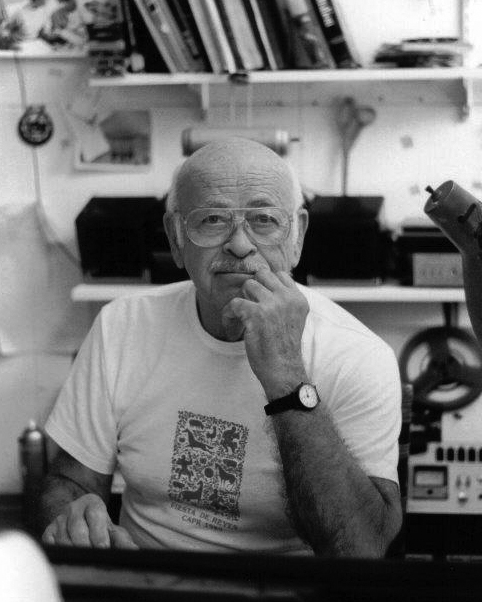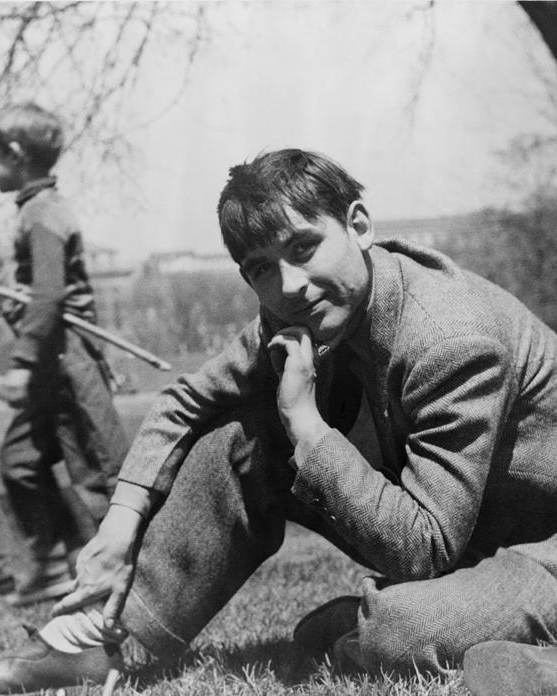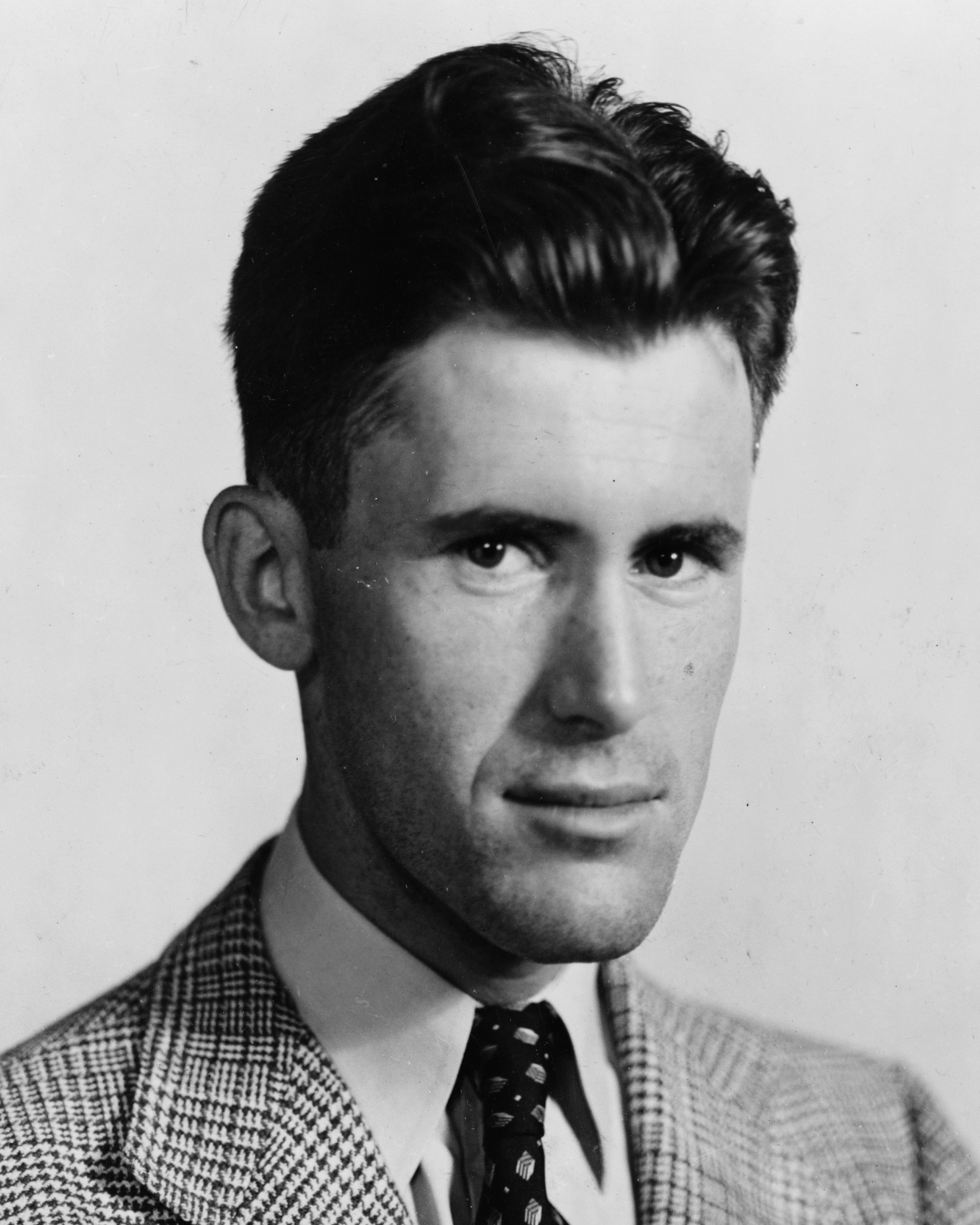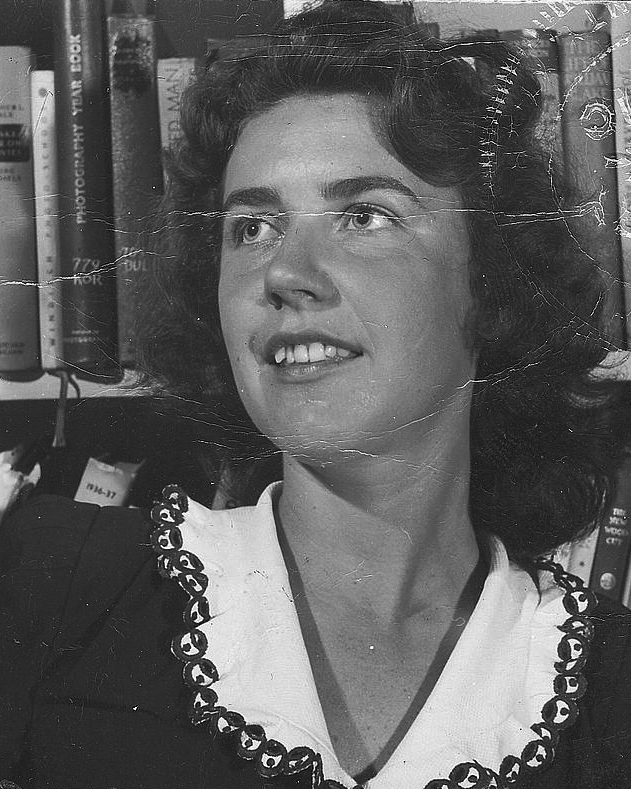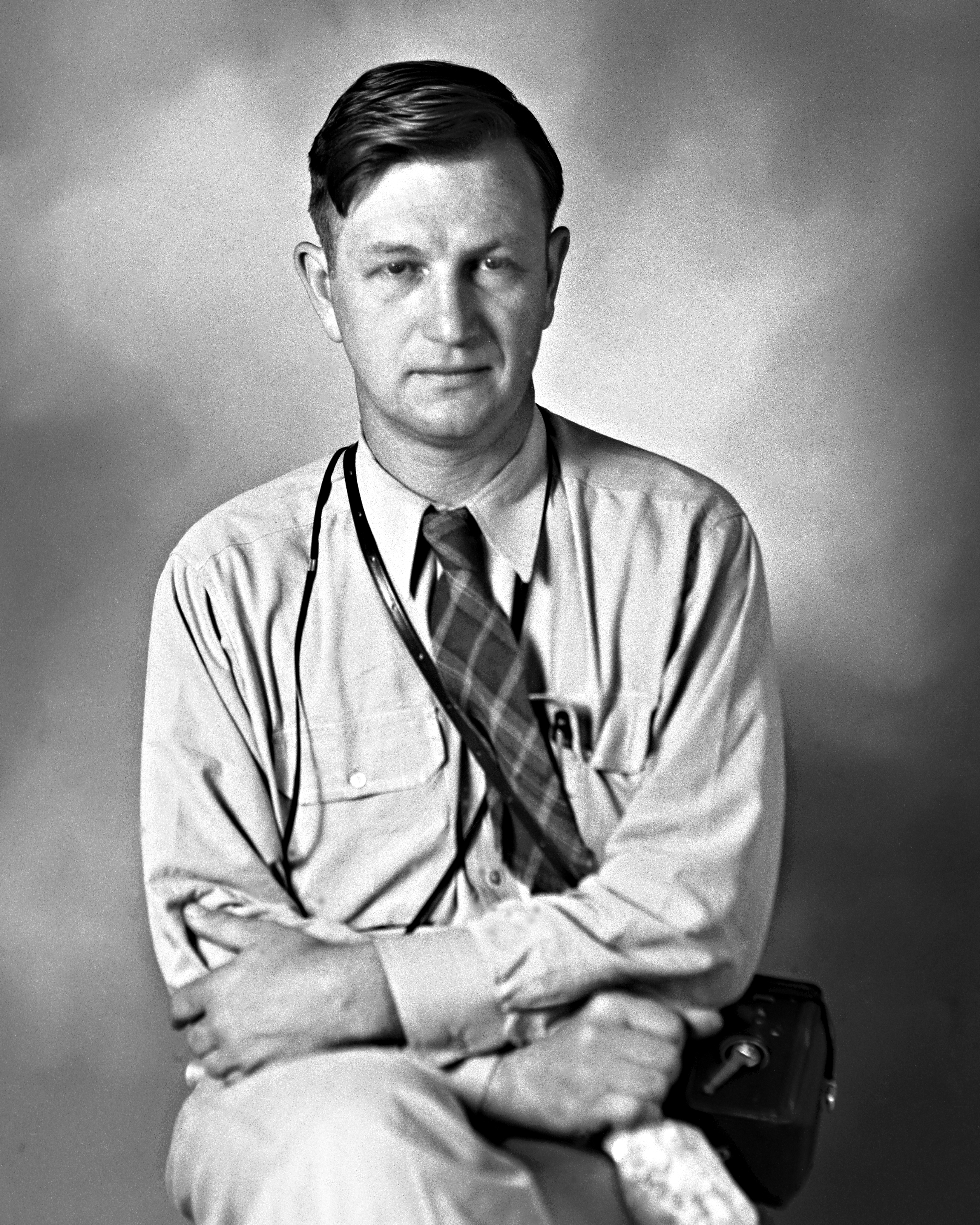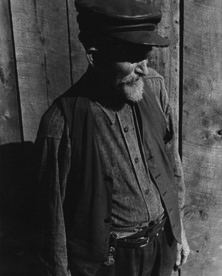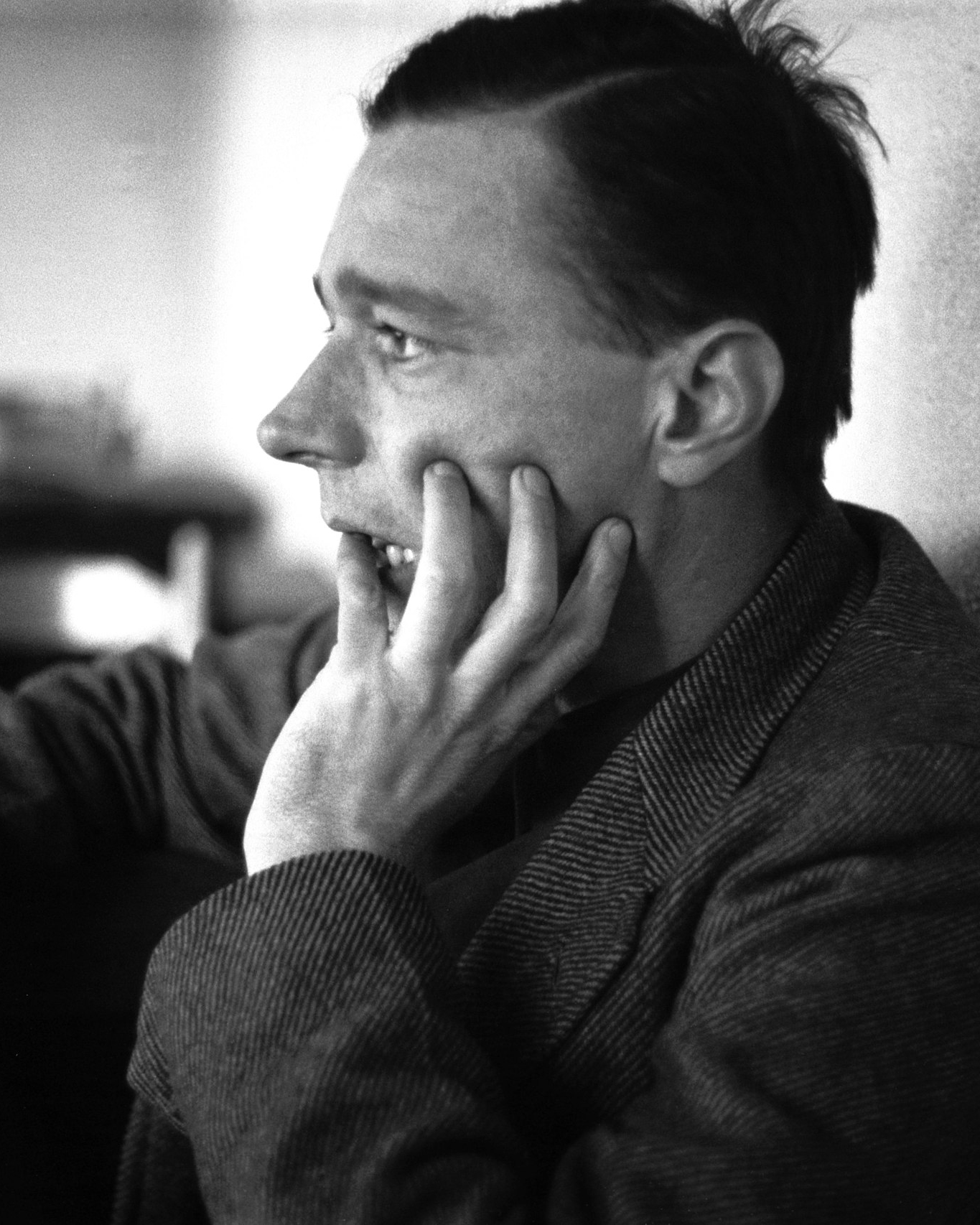PHOTOGRAPHERS
Eleven photographers would come to work on this project (listed in order in which they were hired): Arthur Rothstein, Theo Jung, Ben Shahn, Walker Evans, Dorothea Lange, Carl Mydans, Russell Lee, Marion Post Wolcott, Jack Delano, John Vachon, and John Collier.
These eleven photographers all played a significant role, not only in producing images for this project, but also in molding the resulting images in the final project through conversations held between the group members. The photographers produced images that breathed a humanistic social visual catalyst of the sort found in novels, theatrical productions and music of the time. Their images are now regarded as a "national treasure" in the United States; which is why this project is regarded as a work of art.
Together with John Steinbeck's The Grapes of Wrath (not a government project) and documentary prose (for example Walker Evans and James Agee's Let Us Now Praise Famous Men), the FSA photography project is most responsible for creating the image of the Depression in the United States. Many of the images appeared in popular magazines. The photographers were under instruction from Washington as to what overall impression the New Deal wanted to portray. Stryker's agenda focused on his faith in social engineering, the poor conditions among tenant cotton farmers, and the very poor conditions among migrant farm workers; above all he was committed to social reform through New Deal intervention in people's lives. Stryker demanded photographs that "related people to the land and vice versa" because these photographs reinforced the RA's position that poverty could be controlled by "changing land practices." Though Stryker did not dictate to his photographers how they should compose the shots, he did send them lists of desirable themes, for example, "church," "court day," "barns." Stryker sought photographs of migratory workers that would tell a story about how they lived day-to-day. He asked Dorothea Lange to emphasize cooking, sleeping, praying and socializing. RA-FSA made 250,000 images of rural poverty. Fewer than half of those images survive and are housed in the Prints and Photographs Division of the Library of Congress. The Library has placed all 164,000 developed negatives online. From these some 77,000 different finished photographic prints were originally made for the press, plus 644 color images from 1600 negatives.
